#flying squirrels almost 40cm
Explore tagged Tumblr posts
Text
I'm doing a htf height chart LEAVE ME ALONE this is exhaustive.
#happy tree friends#htf#height chart#help me#WHY I DECIDED TO DO IT WITH SILLY DOODLES OF EACH CHARACTER#if it wasn't for this dumb dumb stupid dumb thing i would be simping over a squirrel#the funny part?#IM STILL MISSING NUTTY.#i already did like 12 out of the main cast#and somehow i still didn't do Nutty.#my tiny squirrel..#did u know squirrel are like 15cm average size#flying squirrels almost 40cm#nutty is probably so small compared to him.. he can hug Splendid by the hips!!#facing his groin.#i love nutty#i love him#also in the height chart Disco is punished so he's shorter than most males#why im doing this.#WHILE LISTENING TO ALEX G#and MSI#lights out is playing rn while im writing this#get me a desk.
3 notes
·
View notes
Text
Jurassic Park - Expanded With Modern Knowledge
I’ve posted a few times now on how to redo Jurassic Park/Jurassic World in terms of Fauna Diversity and other factors. So you can say with this post I’m “Back on my Bullshit.”
Let’s dive right in, shall we? We’ll see some repeats, but others not so much. We’ll go about it via different exhibits: The Primary Tour, The Aviary, the Aquarium, The “Fossil Zoo”, The Feeder Animals, and the WIlds.
The Wilds
There are indeed wild animals in Jurassic Park. In the book, part of the whole thing as the re-creation of an extinct ecosystem. The island Isla Nublar is based on, Cocos Island, is extremely isolated and secluded. Outside of feral animals ( pigs, deer, goats, cats, and rats), there is very little land life. Arthropods (Primarily ants, butterflies, millipedes, centipedes, spiders, and isopods) and 2 species of lizards - an Anole and a Gecko. That’s about it. Other sources say there are other reptiles on the island, but I have yet to find any details beyond that.
Though there are a LOT of birds. 90 species, mostly seabirds using it or the offshore rocks as breeding sites. Endemic birds include a Cuckoo (The Cocos Cuckoo, which is a glorious name a had to share), a finch, and a flycatcher. Most other birds are found elsewhere inland or offshore.

The books add 4 animals to the wilds: frogs, leeches, large tarantulas, and opossum. It acknowledges feral rats, but little else. I’d include them, easily. Several varieties of Opossum, because they are an archetypical “Ancient” mammal. The Common and Virginia Opossum, the Water Opossum, and 2 types of Mouse Opossum are all native to Costa Rica and could easily island-hop to Nublar beforehand, or be introduced for a “Night Safari” element.


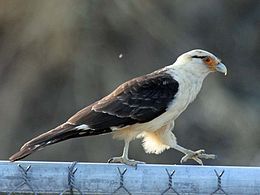
Me? There are 3 birds I’d bring focus to. The Bronzed Cowbird, the Cattle Tyrant, and Yellow-Headed Caracara. All of them follow large animals (or at least, things Capybara sized or bigger) and eat insects disturbed by the larger animals, or that try to feed on the larger animals. All are native to Costa Rica and its surroundings, so with the influx of large herbivores, they are bound to come over. Further, smaller herons and egrets would also take advantage of the larger animal movement disturbing prey.
South America also has its own dung beetles, and I bet a few of them could be called over to all the free food. Most deal with monkey poo, but I doubt they’d ignore the bounties available. InGen may bring in their own to handle the elephant-sized spore, but there will be dung beetles. Lots of them.
Other Costa Rican fauna I’d include as background elements (that could feasibly be on Isla Nublar AND fit the prehistoric aesthetic) include shrews, Central American Agouti, Northern Tamandua, Nine-Banded Armadillo, Brown-Throated Three-Toed Sloth, Hoffmann’s Two-Toed Sloth, and Central American Dwarf Squirrel.
But we also know that InGen released animals into the park that were ‘prehistoric’ to make the whole area support the dinosaurs in some way. This included a (grossly misplaced and oversized) dragonfly/griffinfly.
So, in a more realistic version, what would they do release into the wilds of Isla Nublar?
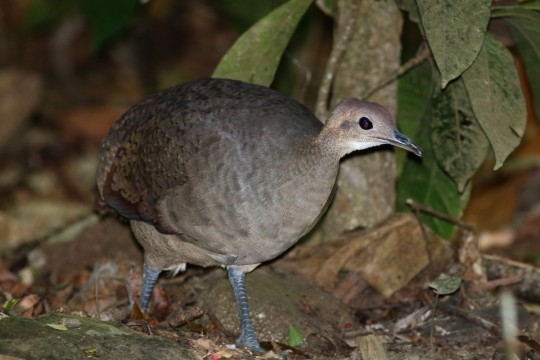
Tinamous. As I’ve said before, they can easily be in enclosures with larger animals. They’ve been in their current form for about 10 million years, and they resemble ancestral ground birds (the kind that survived the KT Boundary) extremely well.
Capybara. Docile as hell and gets along with everything, as well as attracting the tick-eating birds mentioned above, these animals can chill with the best of them. Plus the genus dates back 3.6 million years, with the subfamily going back about twice that far. They are a bit longer than the largest known Mesozoic mammal (Repenomammus (90cm, 13kg)), growing to 1.3m and 68kg.
The Feeder/Support Animals
In the novel, there are made mention of fish being stocked that the Tyrannosaurs feed on. The Arapaima is about the only fish for that environment (and easily obtainable) that could fit the bill. They also use goats as feeder animals, and in the movie, they use cattle to feed the raptors.
In my take, the carnivorous animals would primarily be fed with fish and poultry. Some smaller ones may warrant mice or rats, but fish would work much better overall. So, Chicken, Turkey, Arapaima, Fathead Minnows, Tilapia, Poecilia, and so on. Given what we currently know about Tyrannosaurs, 6 Turkey a day would be enough to keep it fed (T. rex may need about 40k calories a day to function, and one turkey can provide about 7k calories). Or 5 Arapaima (fish provide 82 calories per 100 grams, and arapaima can get up to 200kg, even assuming 100kg, that’s 8,200 calories per fish).
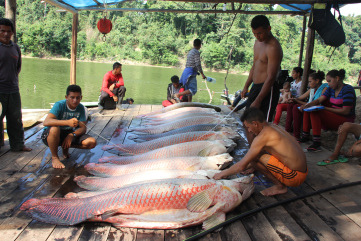
Goats have about 1 calorie per gram, so a goat weighing 40kg (not out of the ordinary as breeds range from 20 to 140kg, but it would be an overall large goat) would meet the dietary needs of a Tyrannosaur. I’ve already mentioned the cowbirds, but they are pretty important for overall animal health. Because I’m sure there are ticks since the deer got on the island.
The Fossil Zoo
Here are “Living Fossils” and things reverse-engineered from existing animals to be more akin to their prehistoric brethren. As well as their mammalian De-Extinctions. Because some would be rather easy.
Some of the ‘wid’ animals would have an example or two in this more “proper’ zoo environment: Capybara, Agouti, Nine-Banded Armadillo, Tamandua, Sloth, Opossums.
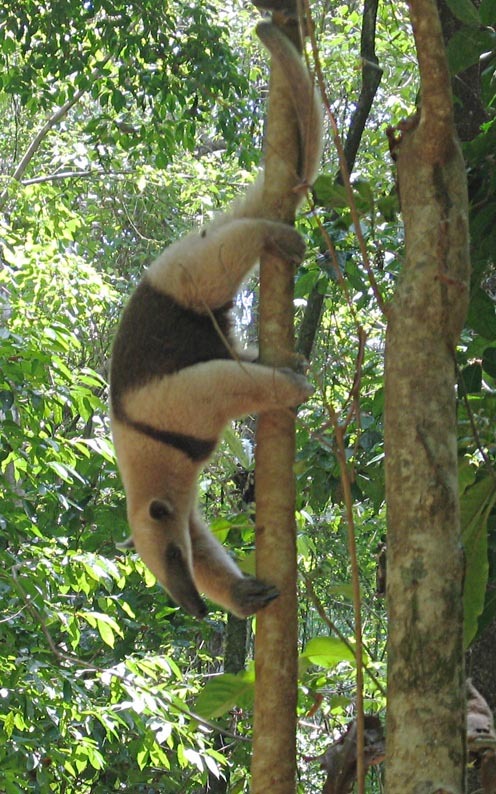
Other mammals of note in this section would be Treeshrews, an Aardvark, Greater Mouse Deer, Black and Rufous Elephant Shrews, A Tapir, Chacoan Peccary, Solenodon, A Giant Anteater, Platypus, Short-Beaked Echidna, and Long Beaked Echidna.

The Platypus and Long Beaked Echidna may be modified to be larger (2ft long, and 4ft long) to match fossil ancestors.
It would also be home to 3 de-extinct Mammals. Quagga, Thylacine, and Gigantopithecus. The first is easy, the second could get additional funding, the third... Because it’s Cool.
But with any de-extinction, there come problems. This is Jurassic Park after all.
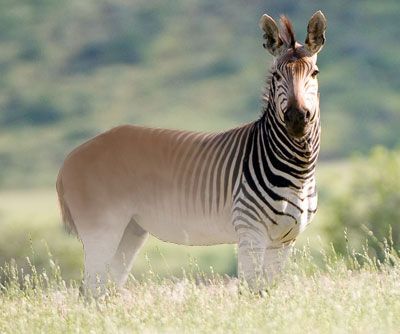
Quagga is easy to tame but can be high strung at times. It does not react well to the smell of predatory dinosaurs.

Thylacines ... have a very nasty hunting technique of BITING OFF FACES. They aren’t bloodthirsty or anything, even taking turns to feed in an orderly fashion, but their hunting technique is rather mean.
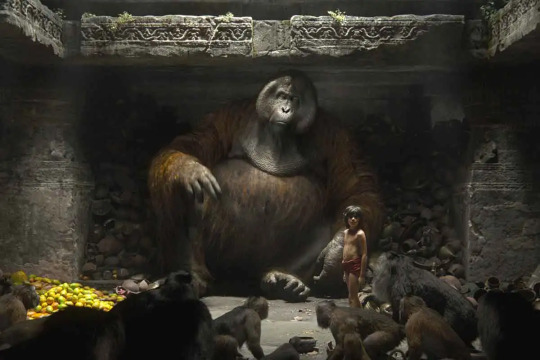
Gigantopithecus are 3m tall, 500kgs, and STILL able to climb rather well. it looks like an Orangutang trying to play Gorilla, but with only minimum sexual dimorphism in terms of size (males are still bigger) and it’s working out very well. Like orangutans, they are natural cage breakers. They also have very strong jaws and large canines. They will bite when angered, and if it wants to, it is strong enough to wreck several people in a charge.

Capybara, Mouse Deer, Tapir, Peccary, Giant Anteater, and the de-extinct trio would have outdoor enclosures, naturally.
Most of the reptiles would be in the aquatic section, but there are 4 that would be here.
Tuatara (Modified for tropical environments), the Aldabra Giant Tortoise (possibly grown to “Testudo atlas”/Megalochelys atlas sizes -- almost 7ft across and weighting 4000kg), Quinkana, and Megalania.

Why? Because Quinkana is a cool crocodilian land predator, and Komodo Dragons are basically island dwarf versions of Megalania. Quinkana is 6m long (so it’s Q. fortirostrum rather than any of the other species), and Megalania 7m long.
Once again, we have the unexpected from the de-extinct animals.
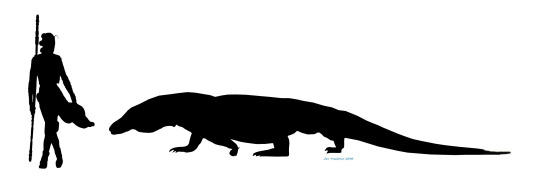
Megalania has two things that were discovered recently in its descendants. First, it is venomous. The venom lowers blood pressure in the victim. So, combined with its horrible bite, the victim will more readily bleed out. The other factor is they retain the Komodo Dragon’s ability to have virgin births. So, despite being female, they can generate MALE offspring asexually.
I think, narratively, it would be more fun for this to be the source of the breeding dinosaurs in Jurassic Park.
Despite being a crocodile, Quinkana is very active and mobile. It’s also a decent digger. So it makes a mess of the initial enclosure.

There are a few birds in the fossil house, both the subject of De-extinction efforts. The Dodo and Upland Moa. Both have some accessible DNA, and modifying birds' eggs is not too far fetched given what they've already done.
The last section of the Fossil House can be called the “Carboniferous Swamp” as it’s a re-creation (as best they can do) of that environment. Here are many amphibians, some with a proper prehistoric pedigree: Greater Siren, Midwife Toad, New Zealand Primitive Frog, Aquatic Caecilians, and Giant Chinese Salamanders. The latter of which naturally can be up to 6ft long. JP scientists ensure that they get big with modifications, and have gotten a few 2m monsters loafing around the “Fossil Zoo.” Basically, as many “Living Fossils” as they can cram together.
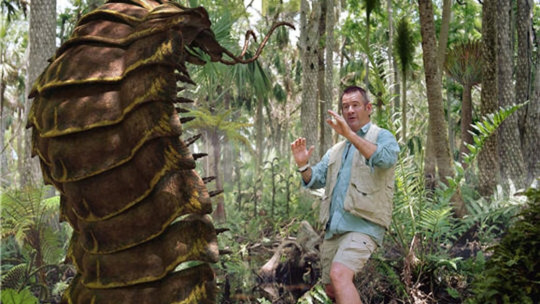
But the real prize here is the insects. There are a few ‘standard’ ancient insects, and some velvet worms on display. But the prize is the 4 ‘recreated’ insects. InGen’s versions of Pulmonoscorpius, Meganeura, Arthropleura, and Manoblatta. A 70cm scorpion, a Griffon-fly with a 65cm wingspread that was also 70cm long, a millipede 1m long, a 40cm cockroach, and a 1m Centipede.
Yes, a 1m Centipede. Narratively, we WANT things to go south, and well, there’s an episode of Lost Tapes which really has fun with giant Centipedes.

And once again, the Chaos Effect rears its head. Of course, they are breeding despite their best efforts. But it’s more than that.
The Pulmonoscorpius they have is derived from an emperor scorpion. This means it can burrow better than they expected, and while the venom of the base animal is not dangerous, the dosage in their Pulmonoscorpius makes it so. Paralyzing adults. In the weak or young, it can lead to coma and death. Also, it’s more aggressive than the base species.
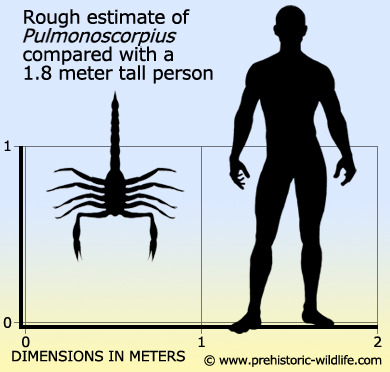
The Griffonfly is the most active among them and can use its wingbeats to breathe more effectively. It spends most of its time growing as a nymph, and a short portion of its life as a flying adult. To hold it, you need a falconer’s glove.
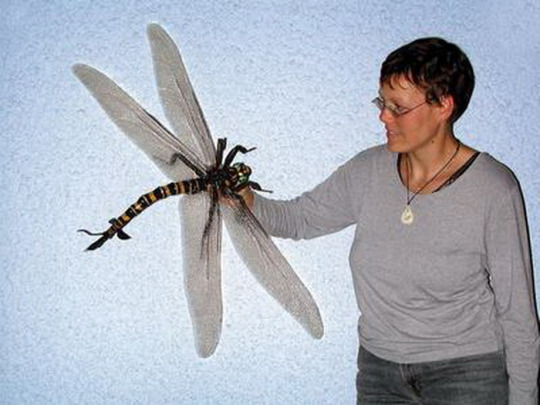
The Millipede Arthropleura is armored as heck. Far more than they expected. And it gnaws like a rodent.
The Centipede Arthropleura is a monster. It’s fearless and willing to attack people, with venom enough to greatly harm a person (killing the small and weak). Multiple bites can be fatal. They also act as carrion eaters.
And the roach? It’s an omnivorous scavenger. If hungry enough, they will gnaw on people who are sleeping near them.
The Aquarium (and Other Water-Ways)
There’s a lot of aquatic “Prehistoric” animals to draw on without genetic engineering. Considered “Fluff” by the park, they nevertheless flesh things out.
There are native fish in the waterways, mostly killifish. Ingen brings in (and modifies) Bichir, Paddlefish, Sturgeon, Lungfish (South American and Queensland), Gar (Tropical and Alligator Gar), Coelocanth, Bowfin, Arapaima, and Silver Arowana. Several of these are prized gamefish, so of course, Jurassic Park has a pond to fish for them.

The aquarium also includes Amphibians: Greater Siren, Midwife Toads, New Zealong Primitive Frogs, Purple Frog, Hula Painted Frog, and another Giant Salamander.
Aquatic reptiles are where things get more interesting. There’s are tanks for sea turtles (Olive Ridley’s Sea Turtle), Pig Nosed Turtles, an Alligator Snapping Turtle, and (of course) American Alligators.
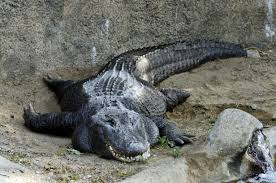
Now we get to the cloned animals. First, the aquatic crocodile Metriorhynchus. Also, Titanoboa (They call it Gigantophis, but it’s Titanboa). Nothosaurus, Ichthyosaurus, Plesiosaurus, and Mosasaurus round out the menagerie.
So, how do they go wrong?
Well, half of these animals give live birth, so the standard cloning technique didn’t work until they made an artificial womb. Titanoboa is misidentified and almost fully aquatic.
Metriorhynchus will ‘nibble’ larger prey. Bite off chunks of something swimming by, darting in and out. They may or may not kill people this way, but it will maim and ‘disarm’ them.

Nothosaurus have very dextrous hands, making the seal-reptiles natural cage breakers. They are also great climbers, so they speculate that the animals lived in rocky environments.
Ichthyosaurs look like dolphins, but they are not. More skittish than dangerous.
They thought Plesiosaurus was able to haul itself onto land, but it is not.

Mosasaurus... It is a mosasaur. A second roar of jaws to manipulate prey it captures is pretty badass enough. And it can swallow a person whole with little effort.
Among the dinosaurs, we have the Great Auk, the Original Penguin. Another recently extinct bird. Another bird in the Aquarium is the Common Loon, but by comparison, it is a minor addition.
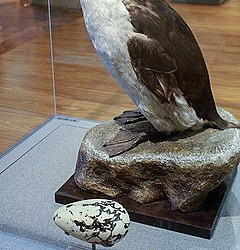
The Great Auk is an exceedingly brave bird. It will not run readily, preferring to peck and bite when confronted. Why it’s so brave is not evident, but it is, and won’t take ‘no’ lying down.
The jewel of the dinosaurs in the aquarium is the Halszkaraptor-- the diving duck raptor. Because, really, how could I not? This one is weird enough on its own.
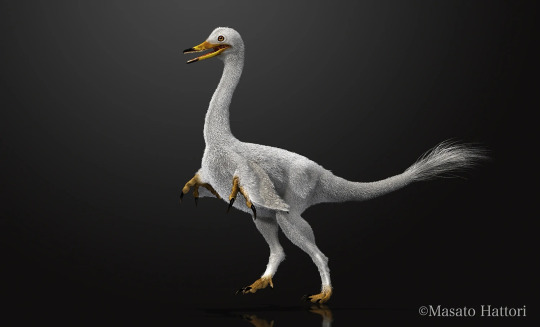
The Aviary
When I first put this together, I made an effort to keep the Pterosaurs small. I’m going to make some exceptions to that for Jurassic Park fun.
Modern Birds brought into parts of the aviary (because it has parts) are Tinamous, Seriema, California Condor, Magpie Goose, Mousebirds, Bearded Reedling, Broad-Billed Spaayoa, and Hoatzin.

Cloned birds include the Carolina Parakeet and Passenger Pigeon. These two have large open enclosures because they require a LOT of animals in their group to be comfortable. So already, there are over a hundred of each of these animals.
Avian Dinosaurs in the park include Archaeopteryx, Microraptor (which they call Tetraptertyx),, and Ambopteryx.
Archeopteryx is a glider capable of downward flaps, but no upstrokes. A generalist with the coloration and overall habits of a solitary crow.
Microraptor is a better flying and climber than Archeopteryx with its four wings and wider grip, it doesn’t seem to mind people and will use them as perches -- which can be dangerous when their claws go in the wrong place.
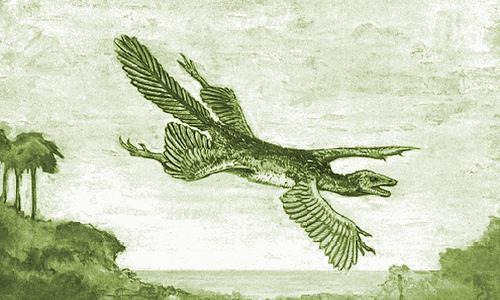
Ambopteryx is the largest winged Scansauropteryx. An omnivore, this bat-winged beasty is just over a foot long and vomits caustic, foul-smelling stomach contents onto attackers when it is angry. So, really, it’s a “Dragon.”
Ceredactylus was the main Pterosaur in the Aviary in the book, and I’ll keep them around too. Complete with territorial nature.
Other Pterosaurs in the Aviary include Pteranodon, Quetzalcoatlus, Sordes, Anurognathus, and Dimorphodon.
Unlike the films, this remembers that Pterosaurs use their heads for grasping prey and have no eagle talons.
Pteranodon is more gregarious, an albatross scaled up.

Quetzalcoatlus is just... well, your basic Giant Azdarhkid pterosaur. It will totally spear a person and eat them. But it spends a lot of the time on the ground, so it keeps the enclosure size small ... for a Giraffe sized animal. And yes, it will eat people if it can.
Sordes is an eater of insects and amphibians. When disturbed, they will swarm around an attacker, pecking and biting to drive them off. This can lead to some unfortunate accidents.
Anurognathus is basically a pterosaur owl and insect eater. They have the same unnerving effect as owls. Their defensive cries and glowing red eyes are terror inducing among humans, easily generating panic.
Dimorphodon gallops along the ground most of the time, flying only for short distances. Insects and small animals make up the bulk of their diet. If it’s small and fast-moving, they will try and take a bite. That includes fingers. Or whole hands.
The Park
Now we come to the dinosaurs. There are 3 main groups of them in the park: Minifauna, Fauna, and Megafauna. The Difference comes down to weight. Megafauna is reserved for animals over a ton. Fauna is for animals above 20kg (or 50lbs). Minifauna is for animals below 20kg on average.
The park comes with 21 examples of Megafauna, 10 examples of Fauna, and 10 examples of Minifauna.
In the Megafauna, many of them are prone to being ... chaotic.
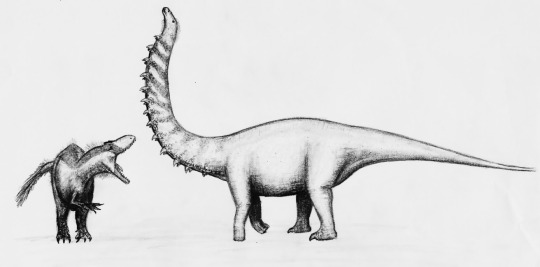
Apatosaurs are the second biggest animal in the park by weight (15 tonnes). Their necks are lined with spines they use for defense and in contests with each other. They also have a line of raised spines along their backs, which become quite wicked at the tip of their tail. Lashes with their tail, done to other herd members in dominance points, or against what annoys them, can be very dangerous. But not as dangerous as when they rear up and try to smash things with their feet or neck. It’s also a low feeder/grazer, vacuuming up food as it moves its head side to side.
Camarasaurus (C. lentus) are the heaviest animals in the park (20 tonnes), and are mid-range browsers. They are docile, but their large nasal cavity proves very enticing to Avian Flu, which it acts as a carrier for, but doesn’t really suffer from.
Spinosaurus is a big land pelican/Waddling Penguin/Crocodile thing. Big claws and jaws are nasty enough on their own with its semi-aquatic nature making it versatile, it still is goofier than it has any right to be. Which masks its danger.
Saltosaurus is a sauropod hippo with armored scutes along its back. That’s pretty darn weird enough. It’s as heavy as an elephant, and a browser as well, but not to the height of some other animals...
Tyrannosaurus hunts in packs like wolves, so they had to make a group of them as “Sisters” to prevent self-destructive behavior. So there are 4 “Sisters” that the park knows of. With all we know about T. rex, there’s not much more to ‘enhance’ it other than letting it be as smart as a modern alligator, or house cat. Yes, they are comparable. Eagle-Eyed, nose better than a bloodhound, and with powerful jaws, it is an apex predator for a reason.
Triceratops has small quills along its torso and back like a porcupine to defend itself in addition to armor plaiting. They prefer to travel in small groups and fights for dominance can occur if the group gets larger than 5 or 10 individuals.
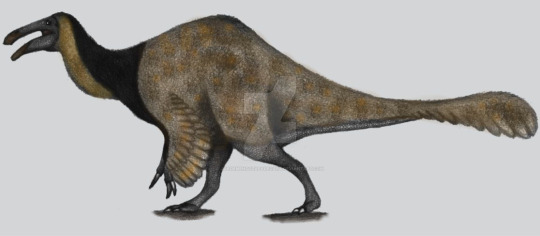
Deinocheirus is r one of those dinosaurs “This is too weird for the 80s to handle” we now know of. When riled, its arms are very dangerous weapons. And it will bite, even if only to toss away smaller attackers. Eating fish and plants, this animal has an impressive bluff display, and confidence to back it up.
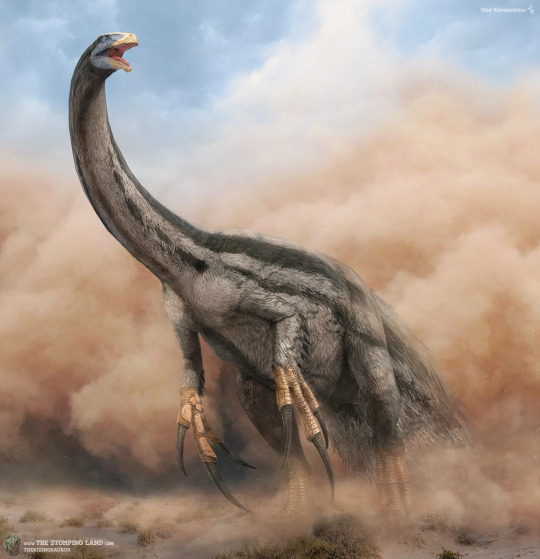
Theirizinosaurus is very weird, and worse, has the personality of a goose or swan. Very confident, will rush down what it thinks are threats, and those claws make it very dangerous.
Omeisaurus uses its clubbed tail to establish a pecking order (or “smashing order”) in the herd.
Euhelopus is one of the few true browsing sauropods, really resembling a Giraffe in posture or a small Brachiosaurus/Giraffatita. Like a Giraffe, it can kick with a LOT of force. Enough to decapitate a man from brute force alone. It’s the smallest of the long-neck Brachiosaurus, which is why it was targeted for cloning.
Ankylosaurus is a goat. It eats damn near anything. Primarily eating leaves, it also adores fruit, and will go after large insects when it can. Or swarms of them it just licks up after breaking open a nest. They are proficient diggers as well, they like to sleep in burrows they build. It’s also very well camouflaged, so you can trip over it and it will likely take a swipe at you for your mistake.

Edmontosaurus may be considered a ‘simple’ dinosaur from the bones, but that doesn’t tell the whole story, not by a longshot. See that picture? That’s an Edmontosaur!
Stegosaurus is an extremely stupid ninja. It moves quietly for its size, can wiggle and turn its plates red when angry as a distraction, and fold its whole body into a U shape to better strike enemies with its thagomizer. And it is not afraid of groin shots.
Styracosaurus is all about intimidation. When confronted, it will mock charge, holler, stamp, and make a fuss. But if you stand up to it, it will back off, or even run away.
Amargasaurus uses its neck spines defensively while grazing. When threatened, they roll their heads under their chests, sticking out their spikes, and charge. They do this with minimal provocation. They also lash their tails around wickedly.
Parasaurolophus is LOUD. Constant maintenance is needed on the paddock as they can rattle apart their paddock locks if they are not checked regularly. It also gets the attention of certain predators regularly. Insulation has so far proved ineffective.

Gigantoraptor is pretty damn weird all on its own. An omnivorous oviraptorosaur over 12ft tall at the hip, feathered and fearsome. It uses its feathery arms (as well as a displaying throat pouch to communicate with members of its species.
Allosaurus, the lion of the Jurassic. They behave similarly to crocodiles, but more actively. Which means they hunt semi-cooperatively. Because of their primarily slashing jaw setup and strong necks, they prefer to bleed large items to death rather than quickly kill them. They can still swallow a man whole (as long as they aren’t too big).
Plateosaurus is a large, primitive planteater. It walks on its hind legs, despite its size and descendants. When threatened, it rears up and tries to claw attackers who get to close like an irate Ant Eater. And those claws are very mean. They rake trees with their claws as a demonstration of power in the herd.
Borealpelta digs ruts for themselves to sleep in at night. This means only their armor bits show up. They usually use the same one when they can, but it still damages enclosures.
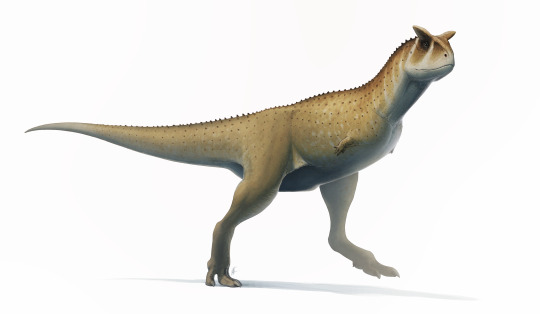
Carnotaurus is a Cheetahs. Extremely long-legged runners at high speed, and at long distance. They can also swallow a man whole by stretching their jaws out. Also, its tiny arms are used for flappy dance displays.
Now we come to the Fauna, which are small enough to get inside buildings and still be a visible threat to humans on occasion.
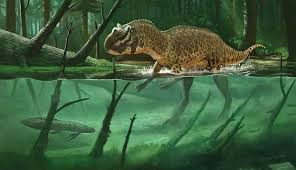
Ceratosaurus is basically a bipedal crocodile, scutes and all. The nasal horn is flat and largely for display. They prefer swampy environments and eating aquatic animals. The thick hides of these animals make darting almost impossible, and mildly resistant to small arms fire.
Pachycephalosaurus have dynamic skulls, the younger ones being spikier than the adults. And they will butt EVERYTHING that annoys them even slightly. Worse still, they are omnivores. They decrease the amount of meat in their diet as they age, but they won’t turn it down.
Dilophosaurus has the frill and venom of the novel/movies, but the frill is made of feathers rather than skin and is lost in adults, which can be up to 3m/10ft tall.
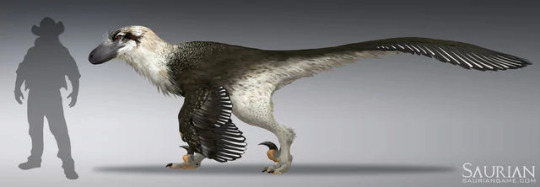
“Velociraptor”, or really, Dakotaraptor, is as smart as a crow, which means minor tool use. Juveniles can fly short distances to escape an attack. They are less like wolves and more like lions in how they hunt, climbing in trees to assist in their ambushes. Think of them as ground-eagle-panthers with crow intelligence.
Protoceratops make burrows to live in. They sleep for short periods throughout the day and night, at seemingly random intervals.
Struthiomimus’ fully developed wings are colorful, large, and help it maneuver at speeds up to 50mph (80kph). They also help it intimidate others -- their claws also packing a bit of a punch. Primarily herbivorous, they are also very vocal animals. Almost obnoxiously so.
Dryosaurus is the dinosaur equivalent of a deer or large gazelle, living in small groups in forested areas. Because of this, and an extremely skittish nature, they are hard to spot in their enclosures. Sure, they are ON the tour, but the runaway when the cars come by. It makes care for them difficult as well.
“Troodon” is really Stenonychosaurus. Omnivorous, the focus on rodents and other small animals. They also feed on more fruit, seeds, nuts, and other high energy plants more regularly than InGen thought. They are the best cage breakers in the park, being the smartest animals there (yes, smarter than the raptors). They are also guide-animals. They will guide larger predators, like tyrannosaurs to food sources they can’t access, but that the other animal can. Similar to Crows and Wolves.

“Oviraptor”, really Anzu, is a large oviraptorid. Herbivorous with occasional meanderings into carnivory, it’s main gimmick is its voice. It’s a Lyrebird. It can vocally mimic anything its herd before and incorporate it into display songs. It can also use this to manipulate other dinosaurs, be it attract small animals to eat, bring ‘help’ for itself, or scare away potential threats. So, imagine a scene. A group of humans is hunting for other survivors, they hear someone crying “Help! Help!” and occasionally screaming. They rush to aid and find this tall animal here. Their guard lowered in confusion as another predator sneaks up behind them and takes them down.
“Parkosaurus” is actually Oryctodromeus. A burrower like Protoceratops, they are more communal in their nesting. It’s rather unsettling to see animals as big as a medium-sized dog pop-up out of the ground like prairie dogs.
Microfaunae are Coyote or smaller animals that can still be dangerous, but not so often or as directly.
Coelophysis is the “Emu” of the park. They are inquisitive, but also not very bright. They are also opportunistic. Which can be hilarious, but also dangerous, because you are made of meat. And they see no qualms with biting someone and running away again and again. In groups.
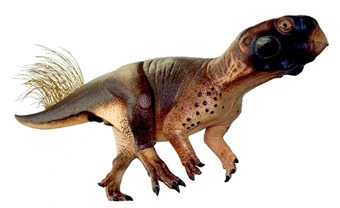
Psittacosaurus rattles its tail feathers as a means of simple communication. They also bite with a lot of force when agitated, enough to take off a hand.
Dromaeosaurus is a small raptor (or rather, typical, medium-sized one), but one more heavily built to take down prey larger than itself. This one will hook onto a person and bite away, ripping out chunks. Given they are about the size of a turkey, several of them can do that to a person.
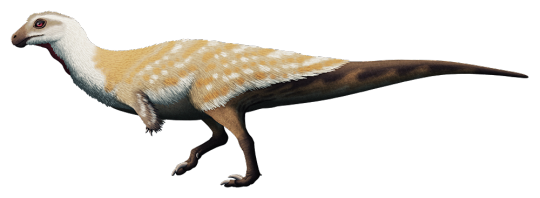
Vespersaurus is an opportunistic omnivorous desert dweller that runs along sand primarily, using its single grounded toe to get better traction and movement. Its kick has TWO large raptor-like claws on it, making it extra nasty.
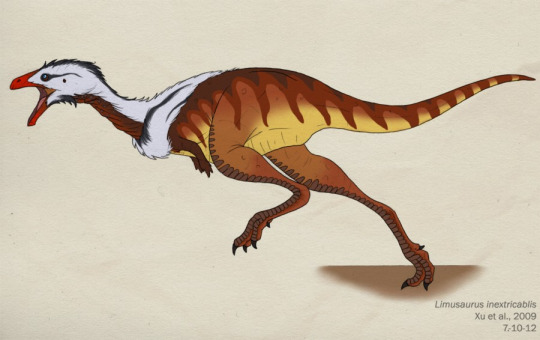
Limusaurus is another Noasaurid, a strange group of dinosaurs related to Ceratosaurus. This one changes its diet as it ages. As hatchlings and juveniles are omnivorous, eating plants, insects, and small animals. As they become adults, they switch to an entirely herbivorous lifestyle. This confused the hell out of InGen first time through.
Nanosaurus (a.k.a. Othnelia/Othneliasaurus) is a tiny ornithopod that fills in the same role as a Thompson’s Gazelle. Small, grazing, and skittish. They like being in large herds for protection.
Panphagia is an omnivorous ancient sauropod relative and the oldest species of dinosaur in Jurassic Park. A consummate opportunist, its hands make it a pretty decent cage breaker. And it really will eat anything, almost as much as the Ankylosaurs or goats, but more carnivorous.
Procompsognathus is a chicken-sized carnivore that eats small animals as well as scavenges for food. It is also venomous, operating in groups to take down injured animals larger than itself.
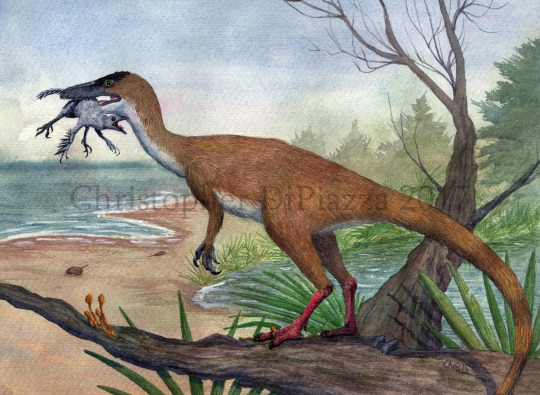
Compsognathus, by contrast, is a housecat in terms of personality. An expert killer of small things, but can easily cozy up to humans. Considered “Petting Zoo” material, if not for their teeth and claws.
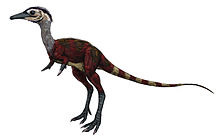
Shuvuuia is one of those animals that scientists even today don’t really know how it works and is also one of the smallest nonavian dinosaurs. It uses its claws to break open rotting wood and picks off insects very quickly. Because it eats a lot of poisonous insects and acid-filled ants. And it converts that into pure stink. Yeah, it’s an anteater-skunk dinosaur. Final Thoughts I could probably have shaved things down to 10-15 of the movies/books, but I wanted to fill things out not just for variety, but for a proper park. I’ll probably revisit this for a later post...
8 notes
·
View notes